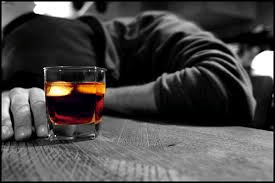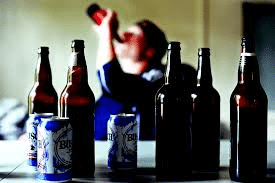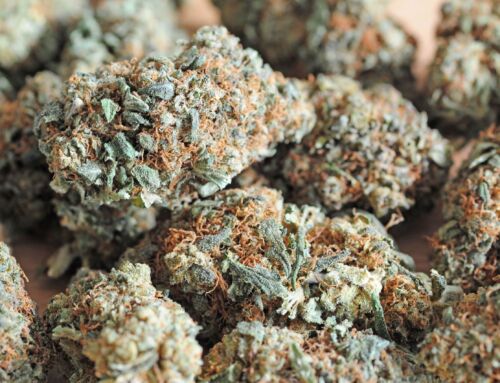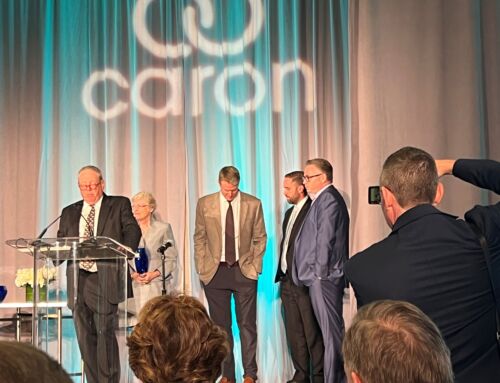Alcohol, ethyl alcohol, or ethanol, is an intoxicating ingredient found in beer, wine, and liquor. Alcohol is produced by the fermentation of yeast, sugars, and starches. Alcohol is a powerfully intoxicating substance, sometimes even causing a physical dependence for the user and is a central nervous system depressant. In the United States, alcohol is legal and legally available for purchase once a person is 21 years old. Often, alcohol is the first drug consumed by a person in their youth.
Alcohol has been consumed for thousands of years across every civilization and every culture, often being the focus of religious ceremonies, community gatherings and other traditional customs. Around the nineteenth century attitudes toward alcohol began to change as staunch religious leaders and other conservative thinkers began looking as alcohol as “evil” and the temperance movement took hold in society, promoting moderate use of alcohol and eventually total prohibition. In 1920 the US passed a law prohibiting the manufacture, sale, import and export of liquor. During Prohibition, the illegal liquor business boomed as the Mafia and other underworld crime syndicates made millions of the illegal sales of alcohol. In 1933, the United States repealed the prohibition law. In 1935, Alcoholics Anonymous officially was born. Today an estimated 15 million Americans suffer from alcoholism.
Here is some other important information regarding the alcohol:
FACTS:
- A standard drink is equal to 14.0 grams (0.6 ounces) of pure alcohol
- Fermented drinks, such as beer and wine, contain from 2% alcohol to 20% alcohol
- Distilled drinks, or liquor, contain from 40% to 50% or more alcohol
- The legal drinking age in the United States is 21 years old
- Motor vehicle accidents are the leading cause of death among teenagers in the US and are responsible for more than one in three deaths of American teenagers
- Alcohol distorts a person’s perceptions and judgment
STATISTICS:
- 40% of all car accident deaths in the US involve alcohol
- Almost half of drivers killed in crashes who tested positive for drugs also had alcohol in their system
- Over 1.2 million drivers were arrested in 2011 for driving under the influence of alcohol or narcotics
- In 2011, 226 children were killed in drunk driving crashes. Of those, 122 (54% percent) were riding with the drunk driver
- All states in the United States have adopted 0.08% (80 mg/dL) as the legal limit for operating a motor vehicle for drivers aged 21 years or older
- Every day in America, another 28 people die as a result of drunk driving crashes
EFFECTS:
- Impaired brain function resulting in poor judgment, reduced reaction time, loss of balance and motor skills, or slurred speech
- Dilation of blood vessels causing a feeling of warmth but resulting in rapid loss of body heat
- Increased risk of certain cancers, stroke, and liver diseases (e.g., cirrhosis), particularly when excessive amounts of alcohol are consumed over extended periods of time
- Damage to a developing fetus if consumed by pregnant women
- Increased risk of motor-vehicle traffic crashes, violence, and other injuries
- Alcohol interferes with the brain’s communication pathways, and can affect the way the brain looks and works. These disruptions can change mood and behavior, and make it harder to think clearly and move with coordination
- Heavy drinking takes a toll on the liver, and can lead to a variety of problems and liver inflammations including Steatosis or fatty liver, Alcoholic hepatitis, Fibrosis or Cirrhosis
TREATMENT FOR ALCOHOL, ALCOHOL ABUSE AND ALCOHOL ADDICTION
Treatment for alcohol abuse or alcohol addiction sometimes may include a need for a medical detoxification as the withdrawal from physical alcohol dependence can be fatal. Therefore, often some type of short term or longer term inpatient medical detox may be necessary. Treatment for alcohol addiction and dependence will include behavioral interventions, including cognitive-behavioral therapy, as well as other evidence-based treatment. Individual and group therapy and counseling would be utilized. However, the same comprehensive addiction treatment used for any person suffering from alcoholism and substance abuse would be used. A holistic approach that looked at the alcohol abuse, the underlying causes and conditions, emotional state, character pathologies, family dynamics would be examined, assessed and treated. The successful addiction treatment paradigm of medical treatment, psychotherapeutic treatment and social services/vocational counseling combined into one integrated approach would be used to treat alcohol abuse and addiction.
If you or someone you know is suffering from alcohol abuse or alcohol addiction or any other issues with drugs and alcohol, please call us for help. Maryland Addiction Recovery Center offers the most comprehensive addiction treatment in the area. Please call us at (410) 773-0500 or email info@marylandaddictionrecovery.com. For more information on all of our alcohol and addiction treatment services and resources, please visit the web site at www.marylandaddictionrecovery.com.

Table of Contents







